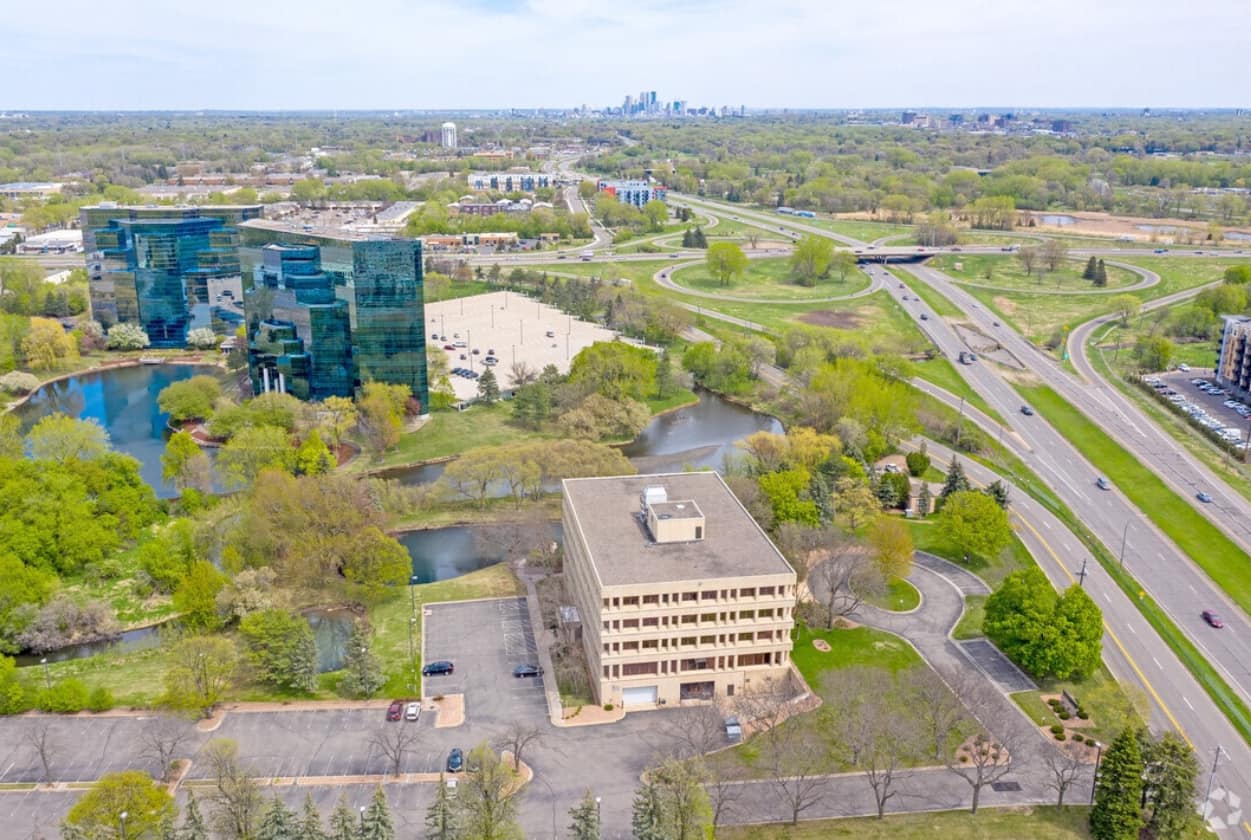Insights
How to Invest in Commercial Real Estate: A Comprehensive Guide

How to Invest in Commercial Real Estate: A Comprehensive Guide
Investing in commercial real estate can be an excellent way to diversify your investment portfolio, generate passive income, and achieve long-term growth. Unlike residential real estate, commercial properties involve leasing spaces to businesses and can include everything from office buildings and retail spaces to warehouses and industrial buildings.
However, breaking into the world of commercial real estate investment can seem daunting, particularly for beginners. This guide we use at Brait Capital and it will help you understand the process and equip you with the knowledge needed to get started.
Understanding Commercial Real Estate
Before investing, it’s vital to understand the ins and outs of commercial real estate. These properties are primarily used for business purposes and can be categorized into four types:
- Office Buildings: These are spaces where businesses operate. They can be urban skyscrapers or suburban office parks.
- Retail Spaces: These include shopping malls, strip centers, and individual storefronts.
- Industrial Properties: Warehouses, factories, and distribution centers fall under this category.
- Multifamily Housing: Though sometimes considered residential real estate, large apartment complexes are often classified as commercial due to their income-generating nature.
Each of these categories has its own set of risks, rewards, and factors that affect its profitability, so it’s important to analyze and understand these nuances before making a decision.
Additional Tips to Raise Capital
Step 1: Assess Your Financial Position
Investing in commercial real estate often requires substantial capital but there are ways to start with 0 money down – check this article for more information). If you have some capital, then you must assess your financial situation before diving in. You should have a strong financial base, good credit, and a healthy risk tolerance.
Furthermore, it’s crucial to understand that commercial real estate investments are long-term, so ensure you have sufficient funds to weather fluctuations in the market.
Step 2: Set Clear Investment Goals
Clearly define your investment goals before starting. Are you looking for monthly cash flow, long-term capital gains, or both? Different property types can suit different goals. For instance, multifamily properties can provide regular cash flow, while industrial spaces may offer significant long-term appreciation.
Step 3: Market Research
Research is fundamental to successful commercial real estate investing. Analyze the current market trends and economic indicators, including unemployment rates, population growth, and business growth in the area where you plan to invest. It’s also essential to understand the local laws and regulations related to commercial real estate. Also, the best rule is to start in your own backyard, which will be the area where you can find help from friends, your network etc.
Step 4: Assemble a Strong Team
Commercial real estate investing is not a solitary endeavor. You’ll need a team of professionals, including a real estate broker with commercial experience, an attorney, an accountant, and potentially a property manager and asset manager. These experts can provide crucial advice and guidance throughout the process.
Step 5: Identify Potential Properties
Once you’ve done your research and assembled your team, start identifying potential investment properties. Use your investment goals and market research to guide this process.
Step 6: Due Diligence and Property Evaluation
Before purchasing a property, it’s important to conduct thorough due diligence. This involves assessing the physical condition of the property, reviewing all financials, verifying information provided by the seller, and understanding the potential risks involved.
Step 7: Financing and Acquisition
After finding a suitable property and completing your due diligence, the next step is to secure financing. Commercial real estate can be financed through traditional bank loans, commercial mortgages, investors, and creative financing. Once financing is secured, you can proceed with the acquisition.
Step 8: Property Management
Once the property is acquired, it needs to be efficiently managed to ensure profitability. This involves finding and retaining tenants, maintaining the property, and handling any issues that arise. If this seems overwhelming, consider hiring a property management company.
Conclusion
Investing in commercial real estate can be a profitable venture, but it requires careful planning, extensive research, and diligent management. By understanding the basics of commercial real estate, assessing your financial position, setting clear investment goals, and following a systematic approach, you can significantly increase your chances of success. Always remember, commercial real estate investing is a marathon, not a sprint; patience and perseverance are key.
The Demise of Big Box Retailers: Brait Capital’s Adaptive Reuse Strategy Unlocks New Opportunities
Many potential investors are deterred by the common misconception that significant upfront capital is necessary to enter the commercial real estate market.
Dealing with Functional Obsolescence in the Digital Era.
In the dynamic landscape of the 21st century, the rapid evolution of technology coupled with shifting consumer behavior presents significant challenges to traditional big box retail and office assets. This phenomenon, driven by the fast pace of innovation is leading to a widespread functional obsolescence of CRE, with profound implications for owners, investors and municipalities.
How to Invest in Commercial Real Estate With No Money: A Step-by-Step Guide
Many potential investors are deterred by the common misconception that significant upfront capital is necessary to enter the commercial real estate market.

Latest Video
Latest News
Many potential investors are deterred by the common misconception that significant upfront capital is necessary to enter the commercial real estate market.
In the dynamic landscape of the 21st century, the rapid evolution of technology coupled with shifting consumer behavior presents significant challenges to traditional big box retail and office assets. This phenomenon, driven by the fast pace of innovation is leading to a widespread functional obsolescence of CRE, with profound implications for owners, investors and municipalities.
Many potential investors are deterred by the common misconception that significant upfront capital is necessary to enter the commercial real estate market.

